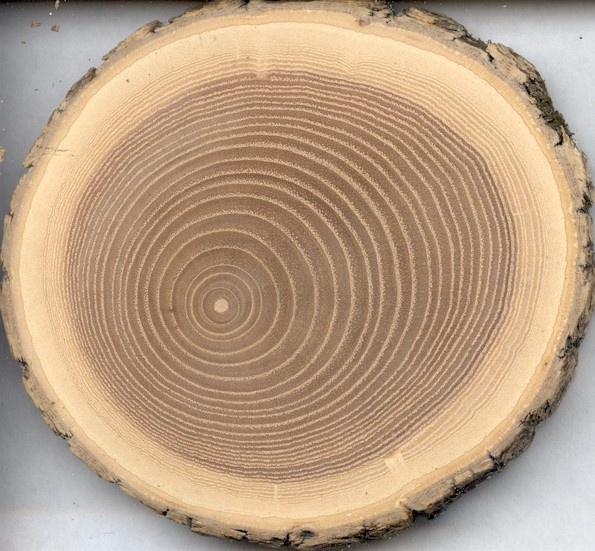You will need
- a calculator or computer, a ruler, tape measure, measuring device
Instruction
1
To find the mass , knowing the density, divide the volume of a body or substance to its density. That is, use the formula: m = V / ρ where:V – volume,
ρ is the density,
V is the volume.Before the calculation of the mass bring all units into one system, for example, in the international system of measurement (SI). To do this, turn the volume in cubic meters (m3) and the density in kilograms per cubic meter (kg/m3). In this case, the value of the mass obtained in kilograms.
ρ is the density,
V is the volume.Before the calculation of the mass bring all units into one system, for example, in the international system of measurement (SI). To do this, turn the volume in cubic meters (m3) and the density in kilograms per cubic meter (kg/m3). In this case, the value of the mass obtained in kilograms.
2
If density and volume are given in one system of units, then pre-translate in C to produce optional. The mass of a body or substance in this case is measured in the unit of mass that is indicated in the numerator of the density units (units of volume in the calculation will be reduced).
For example, if the volume is specified in liters, and the density in grams per liter, the calculated weight obtained in grams.
For example, if the volume is specified in liters, and the density in grams per liter, the calculated weight obtained in grams.
3
If the volume of the body (substances of) unknown or not specified clearly in the conditions of the problem, then try to measure, calculate or learn using indirect (secondary) data.
If the substance is granular or liquid, it typically is in the tank, which usually has a standard size. For example, the volume of the barrel is usually equal to 200 liters, the volume of the bucket is 10 liters, the volume of glass – 200 ml (0.2 liters), the volume of a tablespoon is 20 ml, the amount of a teaspoon – 5 ml. On the volume of three-liter and one-liter jars you might guess from their names.
If the liquid is not the entire capacity or the capacity of the non-standard, then pour it into another container, whose volume is known.
If a suitable container, pour the liquid using measuring cups (cans, bottles). In the process of skimming liquids just count the number of cups and multiply by the volume measuring containers.
If the substance is granular or liquid, it typically is in the tank, which usually has a standard size. For example, the volume of the barrel is usually equal to 200 liters, the volume of the bucket is 10 liters, the volume of glass – 200 ml (0.2 liters), the volume of a tablespoon is 20 ml, the amount of a teaspoon – 5 ml. On the volume of three-liter and one-liter jars you might guess from their names.
If the liquid is not the entire capacity or the capacity of the non-standard, then pour it into another container, whose volume is known.
If a suitable container, pour the liquid using measuring cups (cans, bottles). In the process of skimming liquids just count the number of cups and multiply by the volume measuring containers.
4
If the body has a simple shape, then calculate its volume using the appropriate geometric formula. For example, if the body has the shape of a rectangular parallelepiped, then its volume will be equal to the product of the lengths of its edges. That is:V [PR].couples. = a*b*c where:V [PR].couples. – the volume of a rectangular parallelepiped, and
a, b, c - values of its length, width and height (thickness), respectively.
a, b, c - values of its length, width and height (thickness), respectively.
5
If the body has a complex geometric form, then try the (relatively!) break it down into a few simple parts, find the volume of each of them separately and then add up the resulting values.
6
If the body cannot be divided into more simple shapes (e.g., a statue), then use the method of Archimedes. Lower the body into the water and measure the volume of displaced fluid. If the body does not sink, then "push" it with a thin rod (wire).
If the volume of the displaced body of water is problematic to calculate, then weigh the resulting water, or find the difference between initial and remaining mass of water. At the same time, the number of kilograms of water will equal the number of liters, the number of grams of the number of milliliters, and the number of tons quantity cubic meters.
If the volume of the displaced body of water is problematic to calculate, then weigh the resulting water, or find the difference between initial and remaining mass of water. At the same time, the number of kilograms of water will equal the number of liters, the number of grams of the number of milliliters, and the number of tons quantity cubic meters.


